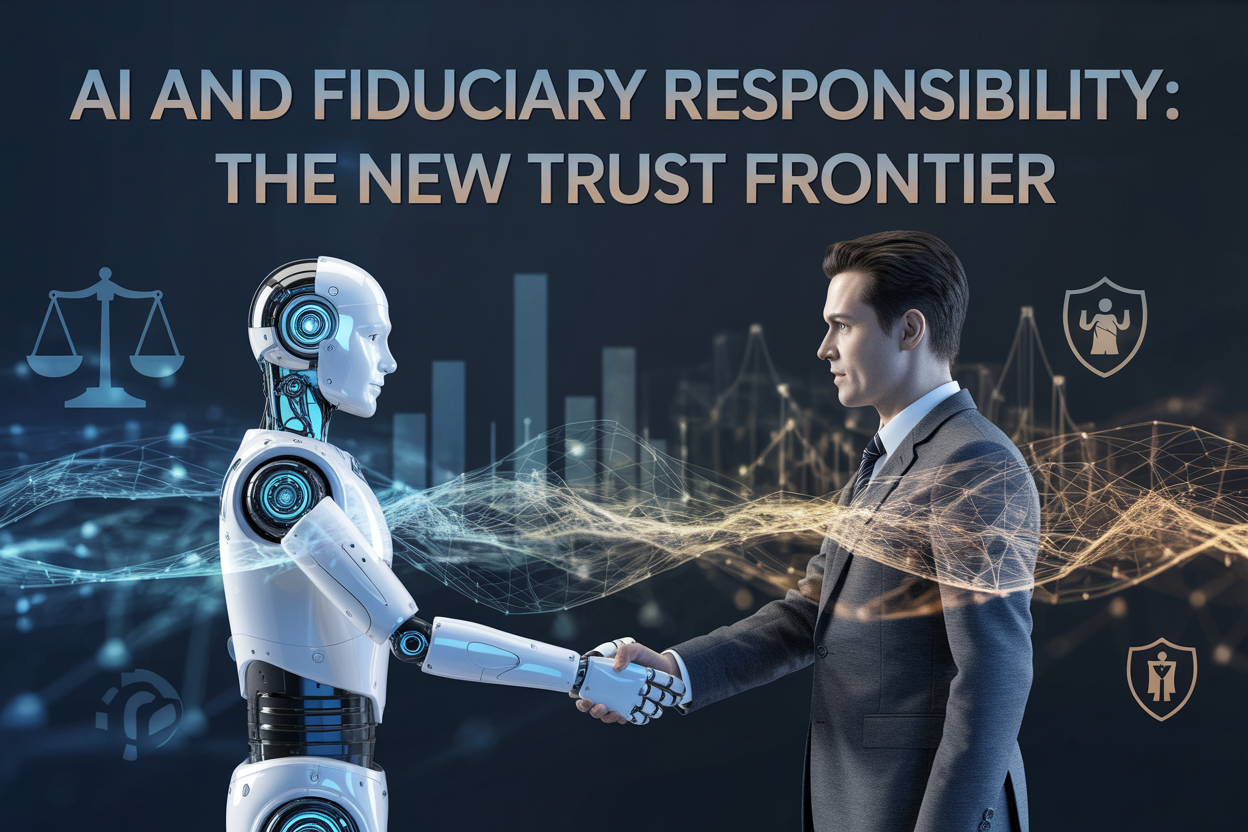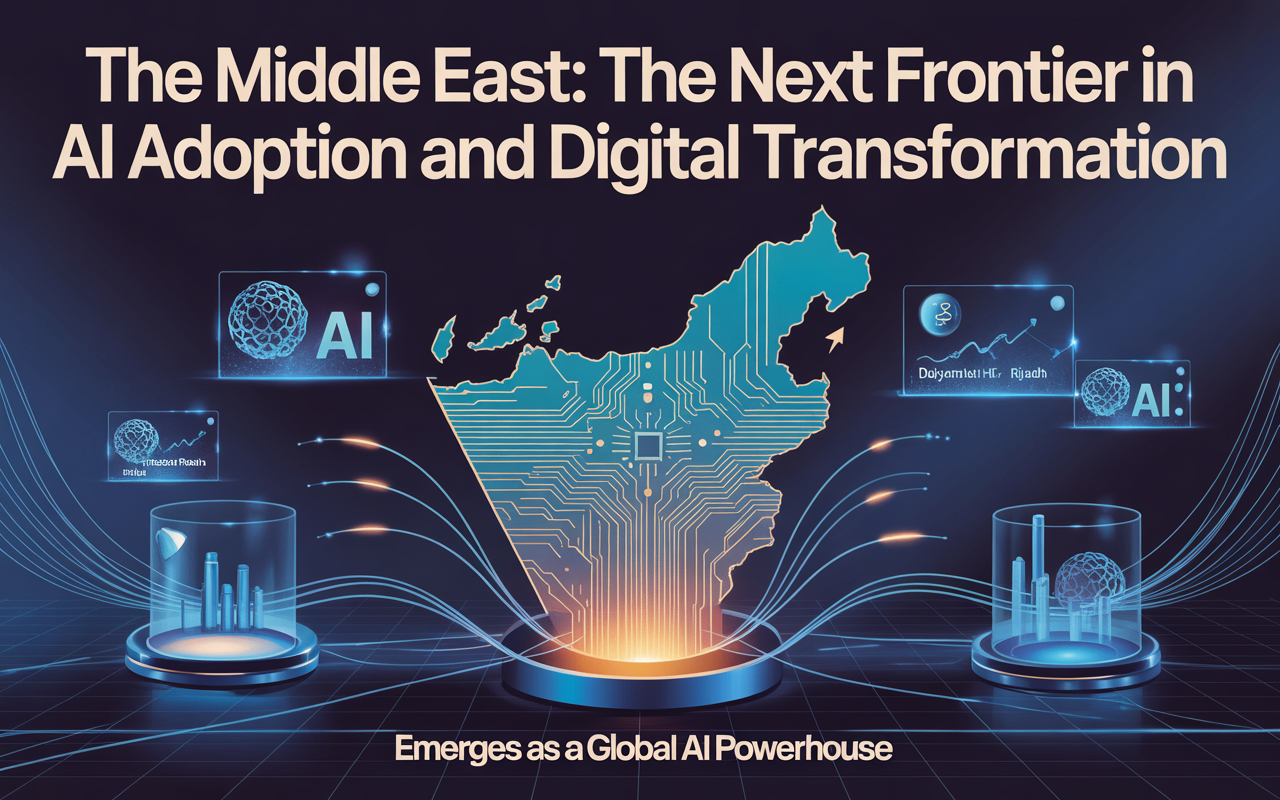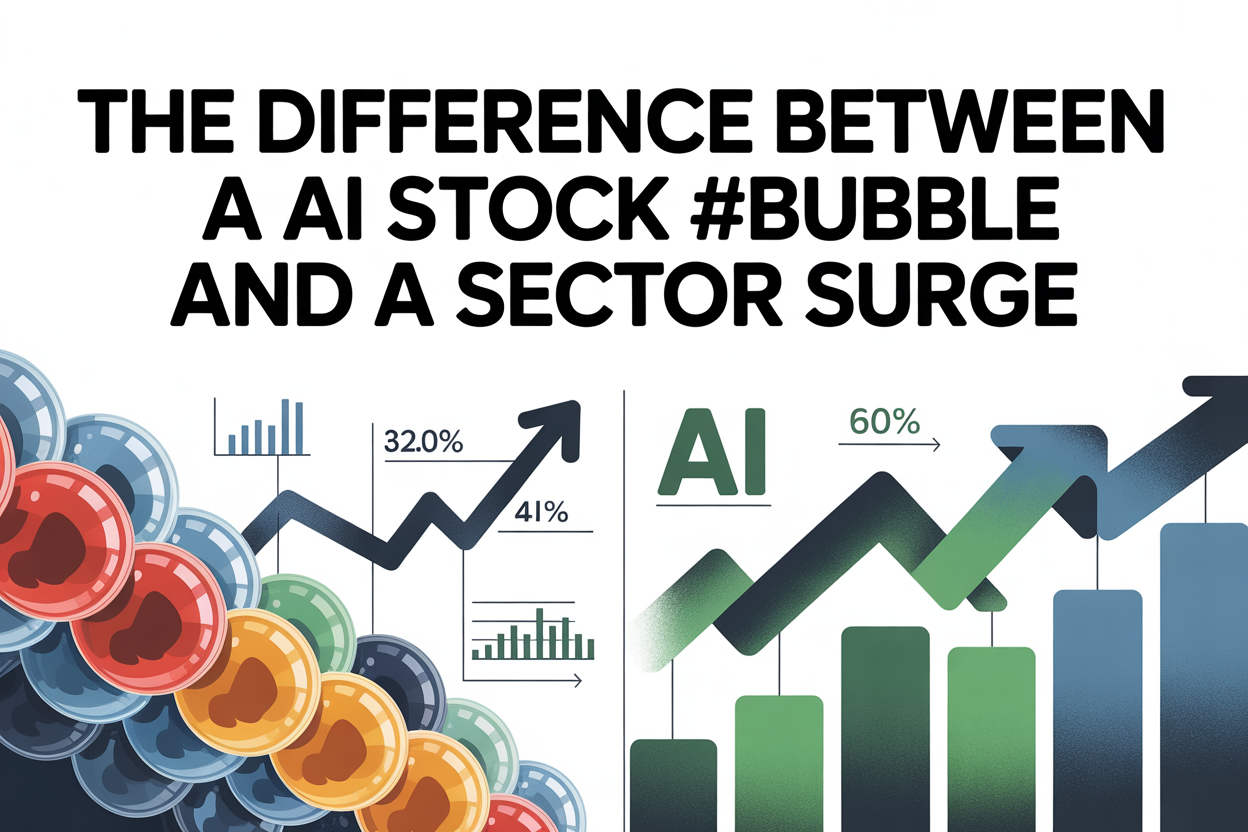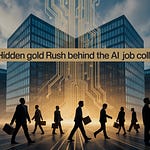The Good, the Bad, and the Ugly of Artificial Intelligence
Why AI’s Promise — and Its Peril — Matter More Than Ever
By Sydney Armani | AI World Journal
Editor’s Note:
This article is part of our ongoing series on AI ethics, governance, and the future of intelligent systems. In the coming weeks, AI World Journal will publish features on AI agents, autonomous platforms, healthcare breakthroughs, and the evolving landscape of digital identity and synthetic media.
Artificial intelligence is no longer a futuristic concept — it’s the engine that’s increasingly shaping how we work, communicate, create, and make decisions. As someone deeply embedded in the world of AI — not just as a journalist, but as an active participant — I rely on these systems, question them, test them, and sometimes even debate their direction.
AI is not simply “good” or “bad.” It’s a force with layers: breathtaking potential, uncomfortable risks, and moments that border on the dangerous. Here’s my personal look at the good, the bad, and the ugly of AI — and why the future depends on how we navigate all three.
THE GOOD: WHEN AI BECOMES A FORCE FOR HUMAN PROGRESS
There are moments when AI feels like a breakthrough so profound that it resets what we believe is possible. For me, nothing captures the “good” side of AI better than its role in healthcare and medical research.
Healthcare: Where AI Moves From Impressive to Life-Saving
Of all the industries AI is transforming, healthcare may be the most meaningful. This is the area where I truly feel AI could change the course of human life.
AI can analyze medical data with remarkable speed — spotting patterns in scans, labs, and records that even experienced doctors might miss. It can sift through thousands of scientific papers instantly, accelerating discoveries that once took researchers years.
This isn’t hype. This is already happening.
AI is helping:
Detect diseases earlier and more accurately
Personalize treatments based on real-time health data
Accelerate drug discovery and clinical trials
Make medical expertise accessible in regions that lack doctors
Research new medicines and therapeutic approaches with unprecedented speed
If there is a place where AI genuinely gives me hope, it is here. In healthcare, AI is not replacing people — it’s helping save them.
Personal Empowerment, Creativity & New Economic Opportunity
Outside of medicine, I’ve experienced firsthand how AI gives individuals capabilities that were once limited to large institutions.
Every day I use AI to:
Accelerate research
Explore new ideas
Analyze markets
Draft and refine complex content
Build AI agents and autonomous tools
Test scenarios and models in minutes instead of weeks
AI gives small teams — and even individuals — the power once reserved for corporate giants. It democratizes creation. It accelerates learning. It puts more people at the table of innovation.
This is the “good” that inspires me: AI enables people to think bigger, move faster, and build more.
THE BAD: THE REALITY WE CANNOT IGNORE
For all its promise, AI comes with structural challenges that weigh heavily on society — and on me personally as I watch the world struggle to keep up.
The Speed of Disruption Outpaces Human Systems
People are being displaced from their jobs faster than schools, governments, or companies can help them reskill. Entire industries are being reshaped at a pace that leaves workers uneasy and institutions unprepared.
I hear this anxiety in conversations daily.
Black-Box Models Create a New Layer of Uncertainty
We’re building systems whose internal logic is often impossible to interpret. Even AI engineers cannot fully explain why certain models produce certain outputs.
This makes accountability — and trust — extremely difficult.
Misinformation Thrives in Algorithmic Systems
Because social platforms optimize for engagement, AI systems often prioritize emotion over truth. This has real consequences for public trust, political stability, and social cohesion.
These “bad” outcomes aren’t hypothetical. They’re happening right now, in real time, across every sector.
THE UGLY: WHERE AI BECOMES DANGEROUS
This is the part of AI that honestly concerns me, professionally and personally.
Deepfakes & Synthetic Identity: The Erosion of Reality
We’ve entered a world where a person’s face, voice, or entire identity can be manufactured in minutes. As someone who works in media, I know how fragile truth already is — and AI’s ability to manipulate reality pushes that fragility to the edge.
This is where AI gets ugly:
Deepfakes indistinguishable from authentic footage
AI voice clones capable of impersonation
Synthetic identities that can disrupt politics, finance, or reputation
Malicious autonomous agents capable of cyberattacks at scale
These aren’t distant threats. They are here. They are growing. And they demand serious attention.
WHY I REMAIN HOPEFUL — AND WHY RESPONSIBILITY MATTERS
Even with the bad and the ugly, I remain optimistic — especially when I look at what AI is doing for global health, scientific discovery, and human capability.
But optimism alone isn’t enough.
Progress without responsibility becomes risk.
We need:
Transparent AI systems, not black boxes
Ethical guidelines that protect identity and autonomy
Education systems ready for an AI-first world
Regulation that is thoughtful, not reactionary
Public understanding, not fear-driven narratives
AI will shape the rest of the 21st century. The question is whether we shape it — or let it shape us.
Subscribe to AI World Insider
For deeper analysis, behind-the-scenes insights, and early looks at emerging AI agent technologies, subscribe to my weekly newsletter AI World Insider — where I break down the trends shaping tomorrow’s intelligent systems, from healthcare to autonomous agents to synthetic media.












